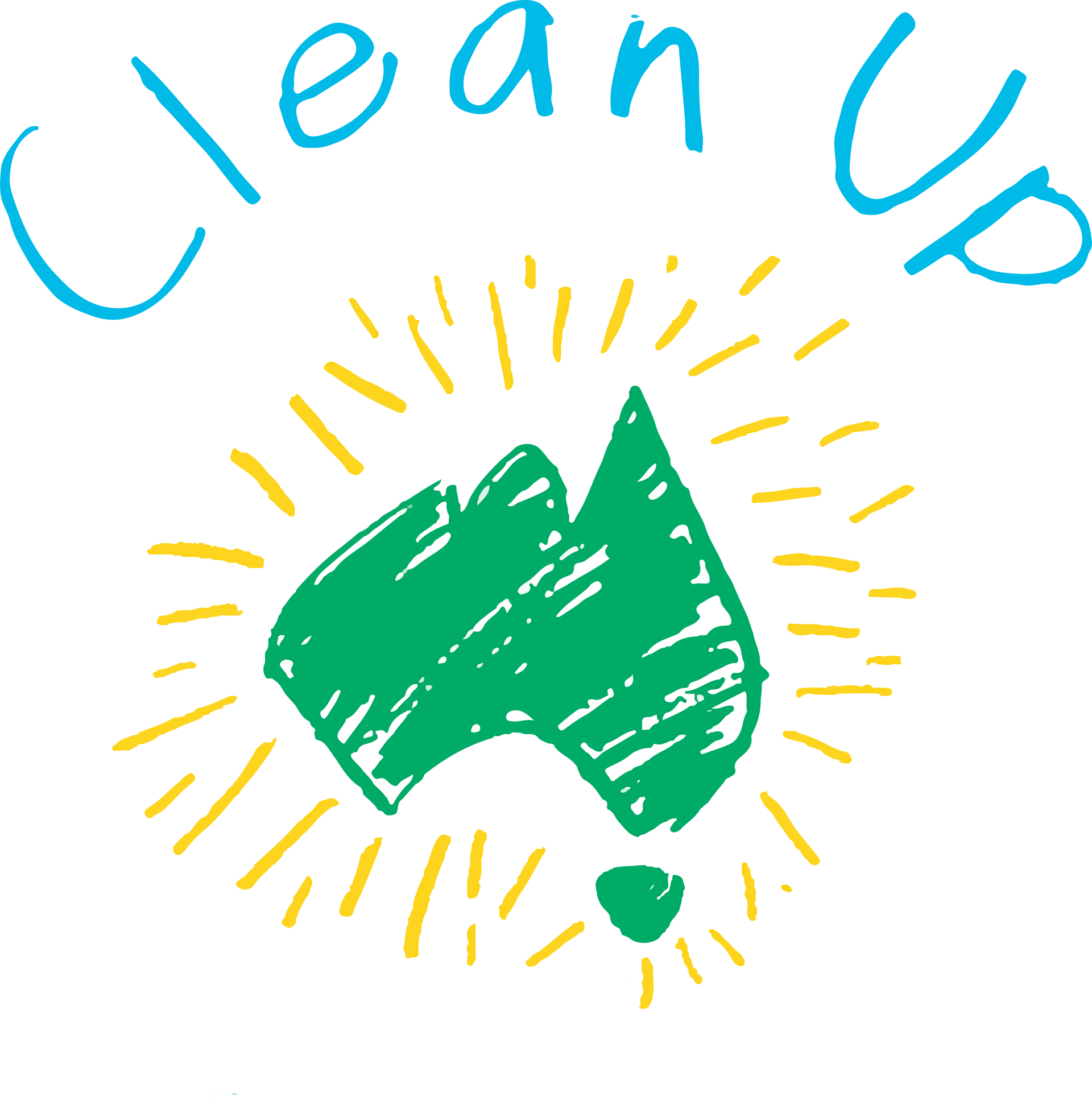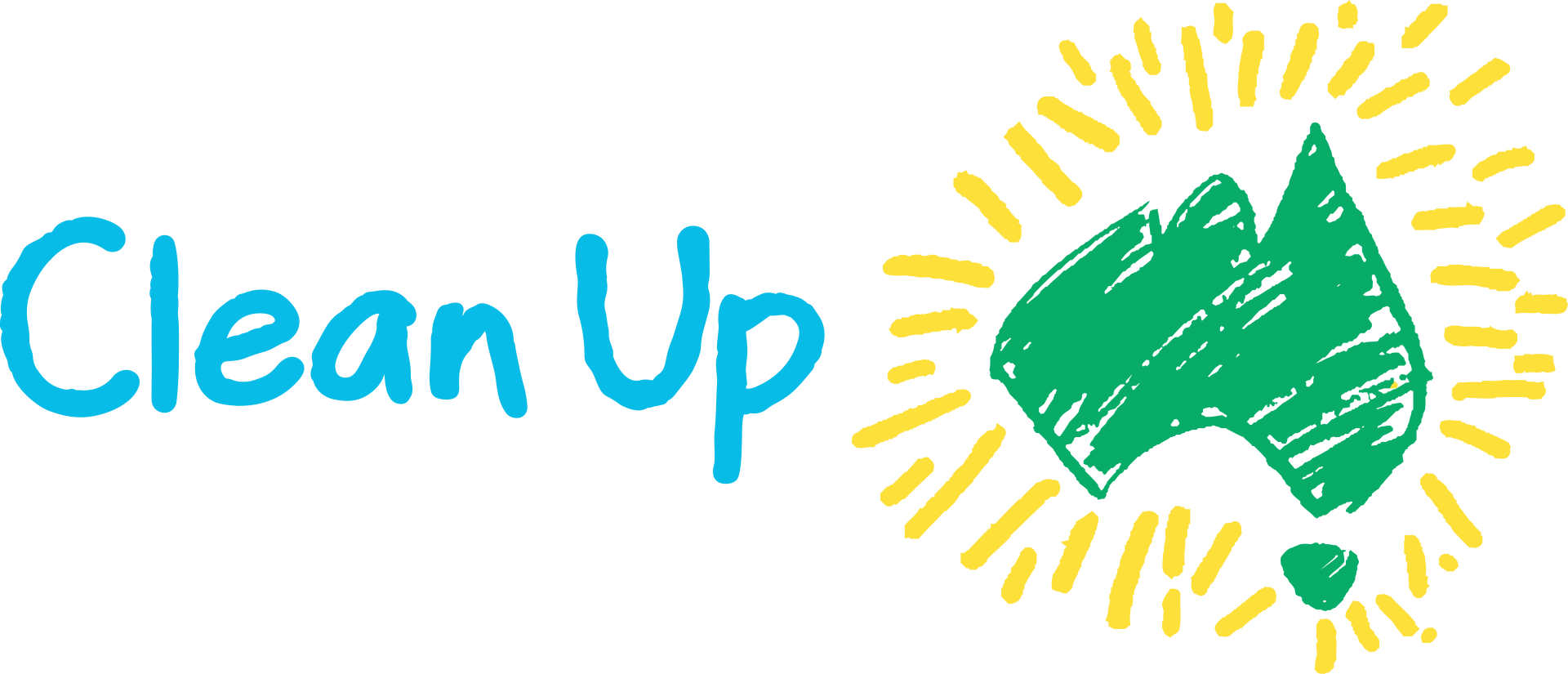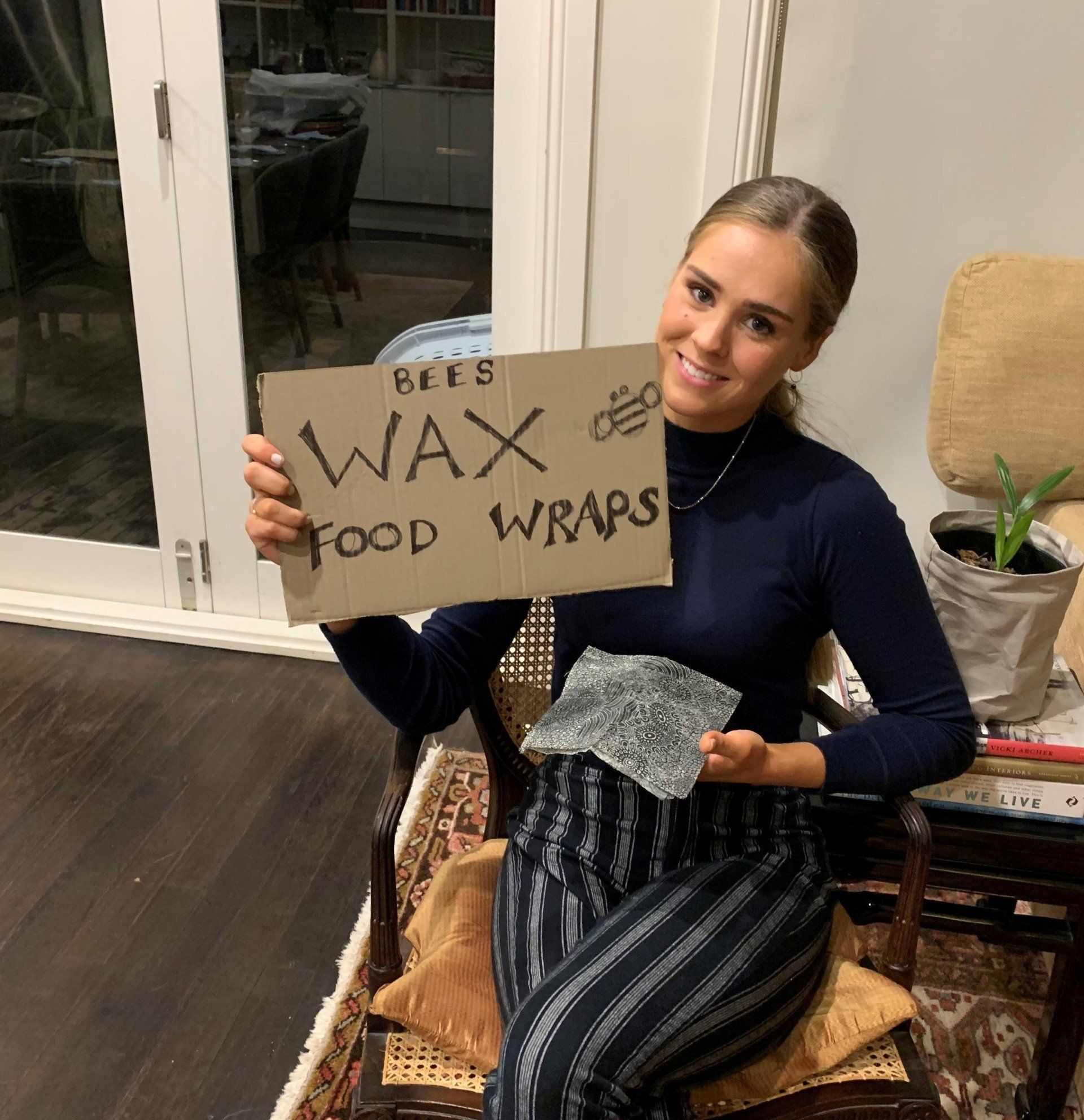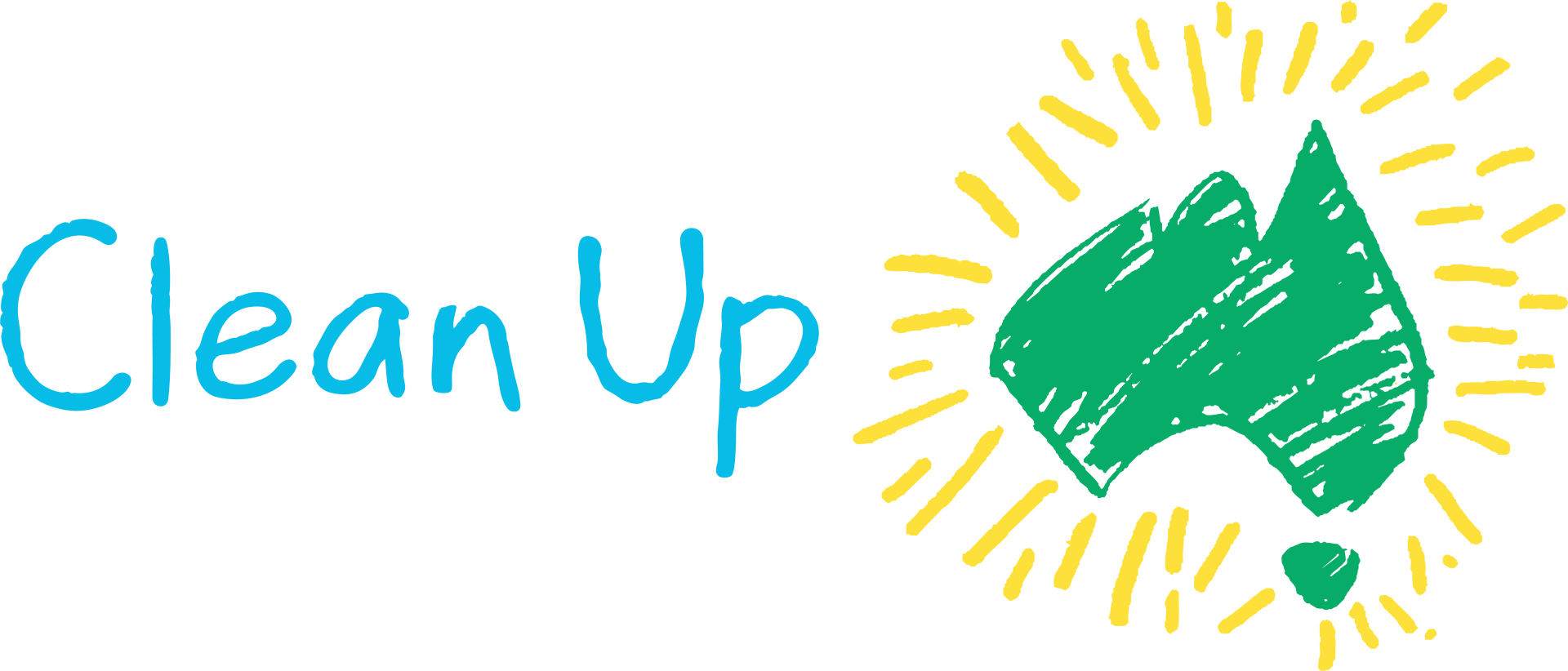Change is in the air. Period.
By Carol Morris
How can we clean up Australia when it comes to our periods?
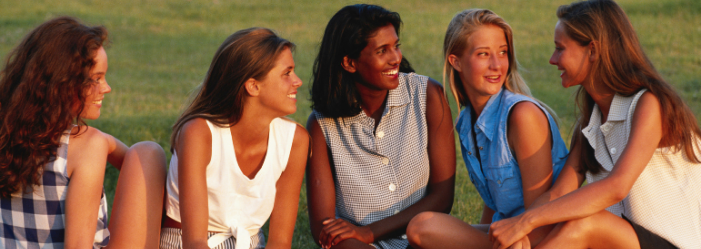
Most of us rarely think about it, but there are a lot of tampons and disposable pads going into landfill.
Here are the fast facts:
- 6 million menstruators in Australia
- 16-22 sanitary items used per period
- 13 periods per year
- 30-40 years of menstruating
- Over the course of a lifetime, a single menstruator will use somewhere between 5 and 15 thousand pads and tampons – which nearly all ends up in landfill.
- And 90% of conventional pads contain plastic (backing, adhesive strips, packaging) which in landfill would take 300-500 years to decompose, if ever.
With this amount of waste, how on earth can we clean up Australia when it comes to our periods?
The solution is surprisingly easy. Sustainable and reusable sanitary items. Nanna used them, they were gross, but they are back - with a modern millennial twist! And best of all there is a product to suit everyone at every stage.
Firstly, let’s start at sustainable vs conventional pads. Both are disposable, but "sustainable" pads (eg. brands such as TOM, OrganYc, Natracare) use plant fibres or organic cotton in their pads and tampons, with no plastic in sight. They're sold next to conventional (plastic) sanitary items in most supermarkets, pharmacies and health shops and the pricing is similar.
Secondly, reusables are back in style and nanna wouldn’t recognise them. With modern fabrics and manufacturing techniques there is an option for everyone. Cloth pads and period underpants are a great starting point for the uninitiated. The cloth pads are quite thin and have a waterproof Polyurethane laminate backing. A little clip around your underpants holds them in place. Period underpants, such as Aussie brand Modibodi, look and feel just like regular underpants but have a built-in liner in the gusset. They even make a period swimwear. Both cloth pads and period underpants hold 1-3 tampons worth depending on the absorbency, and you change them like you would a pad, just popping them into a little wet bag to wash later.
And for those wanting the ultimate in ‘cleaning up period waste’, a menstrual cup is the way to go. Brands such as Lunette are made from 100% medical silicone, and can be worn for over 8hrs and overnight. Just simply empty, rinse and reuse. You only need one and they last up to 10 years with care. That’s over 10-wheelie bins of waste* diverted from landfill per cup.
Finally, the real change needed to clean up period waste in Australia is education. Studies show that most tweens and teens will continue to use the first sanitary product they were introduced to for most of their menstruating life. And unfortunately this tends to be pads containing plastic and tampons. Sad but true.
Enter the Sustainable Period Project, an Aussie initiative that has already distributed the free Sustainable Period Resource Kits to all Australian high schools. It is now taking kit requests from Primary Schools. The kits contain a sample of cloth pads, period underpants, natural fibre pads and tampons and menstrual cups, plus a USB with short presentations and activities on the topic. Its mission? To have all young menstruating people know their sustainable options by 2025.
Menstrual product environmental waste has largely been a topic to be avoided, but armed with modern options and a pro-active school syllabus that encourages open and frank discussions, change is definitely in the air.
Be empowered, and make choices that not only clean up Australia, but improve health, save money, and encourage an environment of period positivity.
*Sustainable Period Project – 22 items per cycle which is 1 small shopping bag of waste. 13 cycles per year is 13 small shopping bags, which is one red wheelie bin. One cup with care lasts up to 10yrs.
Carol Morris is a menstrual mentor at Lunette Australia
How Will You Step Up?
Share your Step Up action by taking a selfie, sharing it and tagging @CleanUpAustralia #StepUptoCleanUp
Not so Fast, Fashion
According to Greenpeace, the average person buys 60% more clothing and keeps them for about half as long as 15 years ago.
Search for other blog topics:
